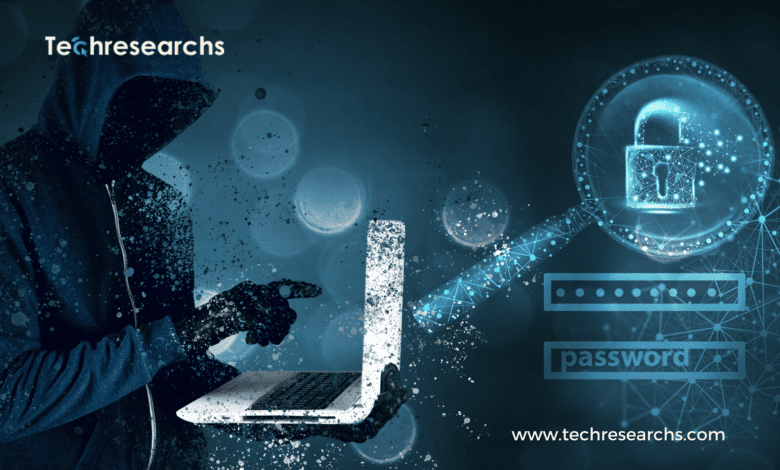How to Create a Blockchain Network: A Complete Guide

Blockchain technology has revolutionized the way we store and transfer data. From cryptocurrencies to secure record-keeping, blockchain’s potential applications are vast. But how exactly does it work? And can you create your own blockchain network?
The answer is yes! While it requires technical expertise, building your own network can be a rewarding learning experience. Here’s a breakdown of the key steps involved in how to create a blockchain network:
Define Your Purpose:
The first step in how to create a blockchain network is identifying its purpose. What problem will your network solve? Will it be a public network like Bitcoin or a private network for a specific industry? Understanding your target audience and use case will guide your design decisions.
Choose a Consensus Mechanism:
This is the heart of your network. The consensus mechanism determines how nodes (computers on the network) agree on the validity of transactions and the state of the blockchain ledger. Popular options include:
Proof of Work (PoW): The traditional method used in Bitcoin, PoW requires miners to solve complex puzzles to earn the right to add a block to the chain. This is energy-intensive and not ideal for all applications.
Proof of Stake (PoS): A more energy-efficient alternative, PoS relies on validators who stake their own cryptocurrency on the network. Those with the most stake have a higher chance of validating the next block.
Design Your Network Architecture:
There are two main choices for how to create a blockchain network:
Permissionless Network (Public): Anyone can participate as a node, making the network decentralized and transparent. Bitcoin and Ethereum are examples of permissionless networks.
Permissioned Network (Private): Only authorized participants can join the network. This offers greater control and scalability for private use cases.
Develop the Core Protocols:
This is the technical legwork. You’ll need to develop the core protocols that govern your network, including:
- Block structure: Define the data each block will contain (e.g., transaction details, timestamps).
- Transaction validation: Establish the rules for verifying the legitimacy of transactions.
- Cryptography: Implement encryption algorithms to secure data on the network.
Build the Network Infrastructure:
Now it’s time to build the physical infrastructure. This could involve:
Developing software clients: Users will need software to interact with your network.
Setting up nodes: Recruit participants to run nodes and validate transactions.
Security Considerations:
Security is paramount in blockchain technology. How to create a blockchain network securely involves measures like:
Vulnerability testing: Regularly test your network for vulnerabilities and patch them promptly.
Secure coding practices: Implement secure coding practices to minimize the risk of exploits.
Launch and Monitor Your Network:
Once everything is in place, launch your network and start inviting participants. Continuously monitor your network’s performance and security to ensure its smooth operation.
Remember: Building a robust blockchain network is a complex undertaking. This guide provides a general overview, but you’ll likely need to delve deeper into specific technical aspects depending on your chosen platform and functionalities.
Here are some additional resources to consider on how to create a blockchain network:
Existing Blockchain Platforms: Many platforms like Ethereum and Hyperledger Fabric offer frameworks and tools to simplify blockchain development. Consider utilizing these platforms for a faster and more streamlined approach.
Online Tutorials and Courses: Numerous online resources offer in-depth tutorials and courses on blockchain development. These can equip you with the technical skills required to build your own network.
Learn more about Blockchain From Scratch: Network Security
By understanding the core concepts and leveraging available resources, you can embark on your journey to creating a secure and functional blockchain network. After all, the future of decentralized applications might just start with your innovative idea!



